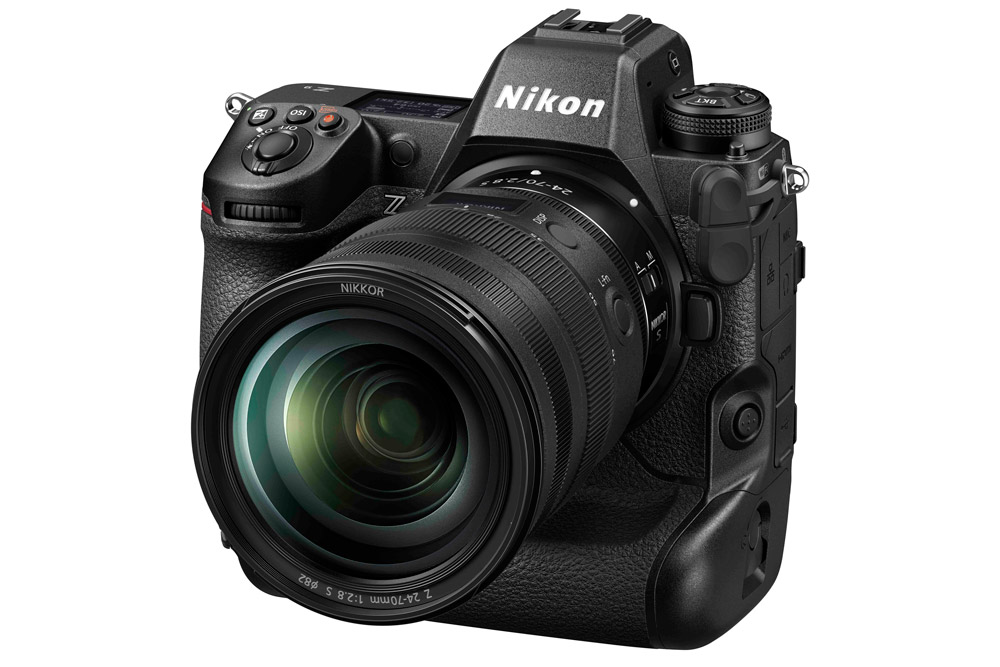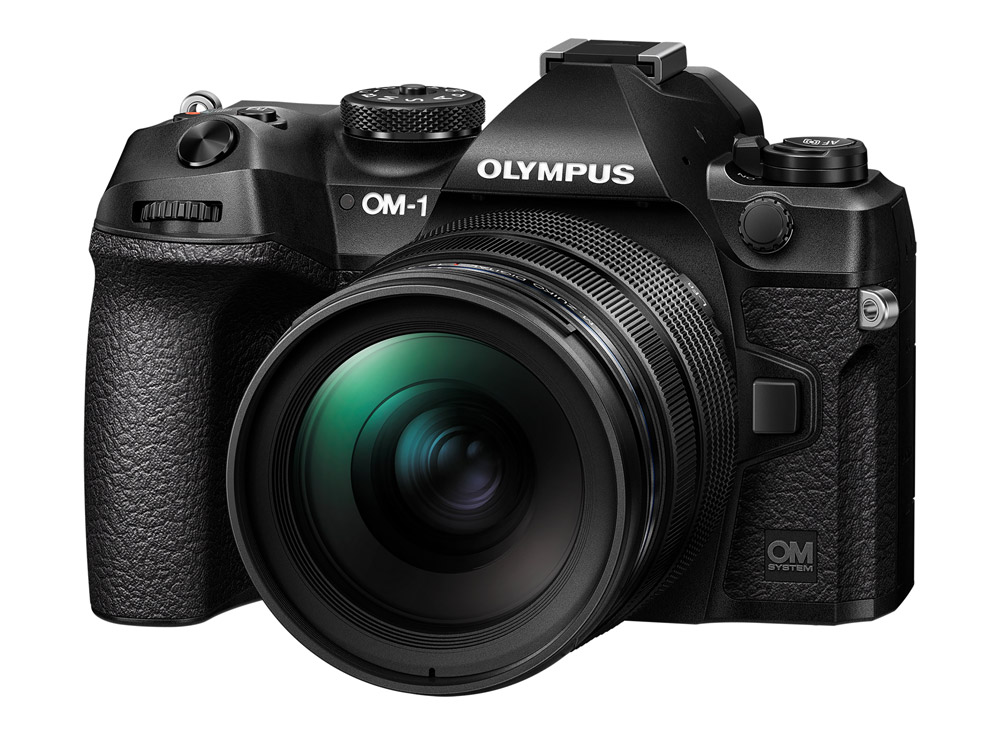The latest photo equipment companies to comment on possible product price rises are Leica, Sigma and Zeiss, with Leica admitting it raised prices on ‘a select number of items,’ during April 2022.
It’s not clear exactly which products Leica has increased in price, but Leica Camera UK’s managing director, Jason Heward, told Amateur Photographer, ‘We managed to keep price increases to a minimum and have absorbed most of the impact of the escalating costs of components and materials. We aren’t planning a further increase yet and will still do all we can to absorb ever increasing manufacturing costs.’
Minimum price rises
Meanwhile, Sigma and Zeiss have both told Amateur Photographer they are trying to keep equipment price rises to a minimum.
Sigma Imaging UK told AP, ‘Our head office in Japan is constantly reviewing pricing to keep Sigma products as competitive as possible. There are some variables that are outside of our control, such as the rising cost of freight and the impact of the COVID pandemic, which we continue to monitor.’
Meanwhile, Zeiss commented, ‘‘We always try to keep any price increases to a minimum. Where we can we try to offset the extra costs, but this is not always possible.’

Panasonic’s Lumix S5 full-frame camera will not be rising in price
Panasonic price freeze
The news of product price rises comes just a week after Panasonic Europe revealed to AP that there would be no price rises on Panasonic cameras or lenses.
This means there’s no increase on the price of Panasonic’s new flagship LUMIX GH6 Micro Four Thirds camera or the 24.2MP full-frame LUMIX S5 model.
The ‘price freeze’ from Panasonic came shortly after OM Digital Solutions (formerly Olympus Imaging) told AP its lens prices would increase, but not camera bodies.
This means the 2022-launched OM System OM-1 MFT camera will stay at the same price (around £1,999 body only) in the immediate future.
To discover exactly what some of the major photographic equipment are doing with regards to products prices please see below for the official company statements…
Leica

The 60MP Leica M11 is one of the company’s most recent camera launches
Jason Heward, MD of Leica Camera UK, revealed to AP, ‘Our products have a very long life-cycle and we review prices for them on an annual basis, the last one happened on 1 April [2022]. We managed to keep price increases to a minimum and have absorbed most of the impact of the escalating costs of components and materials. On 1 April we increased prices on a select number of items. We aren’t planning a further increase yet and will still do all we can to absorb ever increasing manufacturing costs. It’s hard to predict the future and would be foolish of me to try. Any company that sources materials in such a volatile market, especially those committed to using the finest materials, needs a degree of flexibility on future pricing. We stay true to offering the finest products whose value should be measured by their quality and longevity.’
Nikon

The Nikon Z 9 camera will not be subject to a price increase
‘The price increase will apply to all imaging products excluding; Sport Optics, accessories and certain new products including the Nikon Z 9. New pricing will apply to all new orders that will ship after 1 April 2022. We have had to increase our prices as a result of increased component parts and logistics costs. We have explored all options to absorb these, however, regrettably we have to increase costs to maintain production.’
OM Digital Solutions (formerly Olympus)

The OM System OM-1 camera will not be rising in price in the immediate future
‘We adjusted the prices on selected lenses recently due to changes in component costs, but have no immediate plans for more changes on lenses or bodies. As everyone may imagine, the situation is under continuous review with the current volatility in global supply chains.’
Panasonic

The price of the Panasonic Lumix GH6 will stay still at this point in time
A Panasonic Europe spokesperson revealed, ‘We are pleased to say all cameras across our G Series Micro Four Thirds and S Series Full Frame ranges will not be increasing in price. There are no price rises for lenses either.’
Sigma

The SIGMA 56mm F1.4 DC DN | Contemporary lens in Fujifilm X-mount was announced in February 2022
Sigma Imaging UK’s Tim Berry told AP, ‘We don’t comment on possible future price movements, mainly for commercial reasons. But I can say that our head office in Japan is constantly reviewing pricing to keep Sigma products as competitive as possible. It’s worth noting that because our cameras and lenses are designed and manufactured at our sole factory in Aizu in Japan, we have a very stable production process that is generally less exposed to fluctuations in global supply issues, and the resulting variations in production costs, than most other imaging manufacturers. This helps us keep our pricing and product availability relatively constant. That said, there are some variables that are outside of our control, such as the rising cost of freight and the impact of the COVID pandemic, which we continue to monitor.’
Zeiss

The Zeiss ZX1 full-frame model is the company’s most recent camera launch
Zeiss told us, ‘We always try to keep any price increases to a minimum. It has been challenging lately with extra Brexit costs, increase in commodity costs, and now inflation. Where we can we try to offset the extra costs, but this is not always possible.’
April prices rises
The updates on product prices from Leica, Sigma and Zeiss come the month after Fujifilm Japan confirmed up to 60% price hike on its films, which came into force from 1 April 2022.
That suggested 60% price hike now seems more likely to be applicable in Asian markets with reports from PetaPixel stating that Fujifilm USA is saying film prices in the US will rise by ‘only’ 25%.
Factors pushing prices up
The major factors that are driving photo equipment costs up include the global shortage of semiconductors, rising inflation, difficulties with procuring key component product parts, the ongoing impact of the Covid pandemic, the impact of Brexit on the UK and hugely inflated freight/shipping costs around the world.
AP has also reached to all the other major photo equipment makers – including Canon, Sony and Fujifilm – and we will bring you news of any price increases, or freezes, on photographic equipment as soon as we have it.
Related articles:
Panasonic: no price rises on cameras or lenses
Nikon increases imaging product prices… but not the Z 9
OM Digital Solutions: lens prices increase… but not camera bodies









